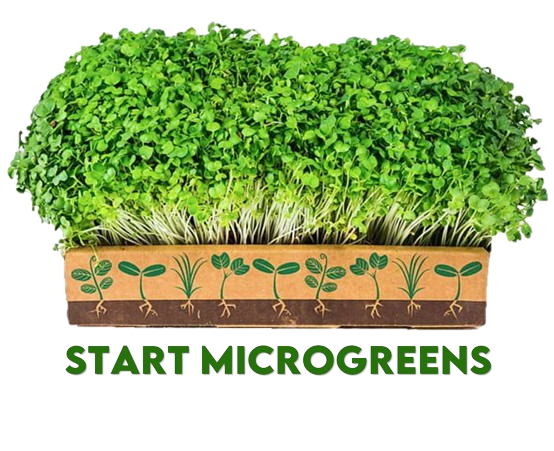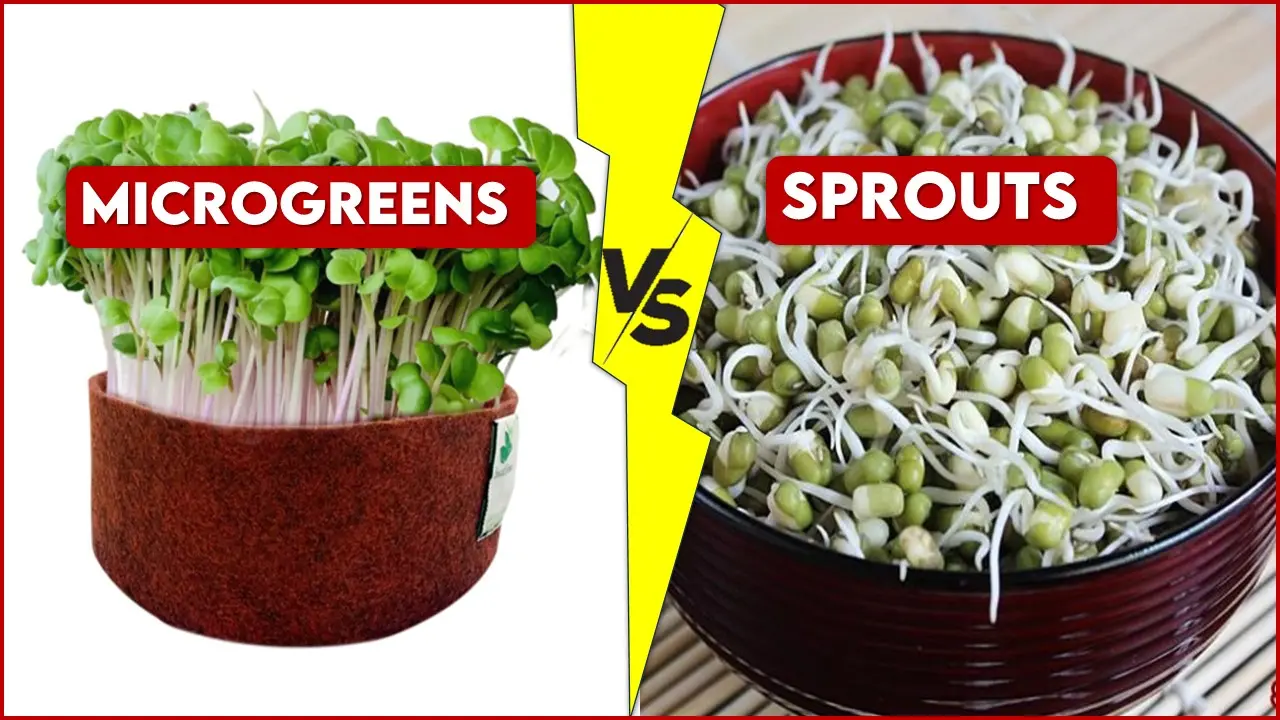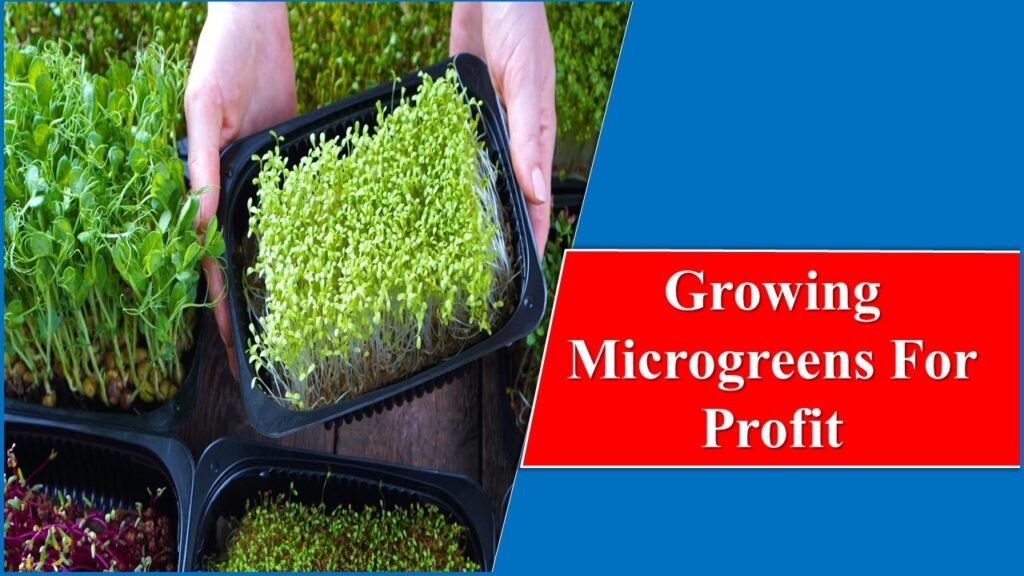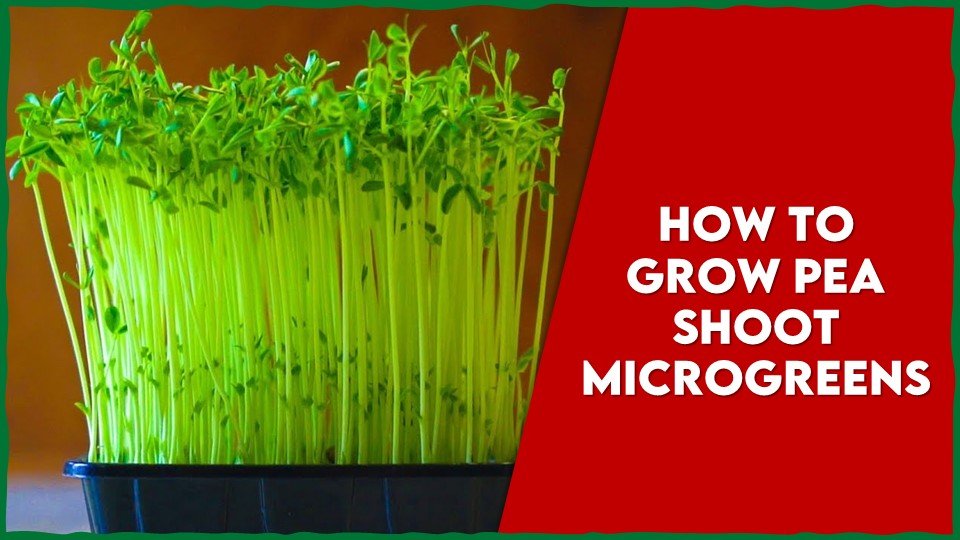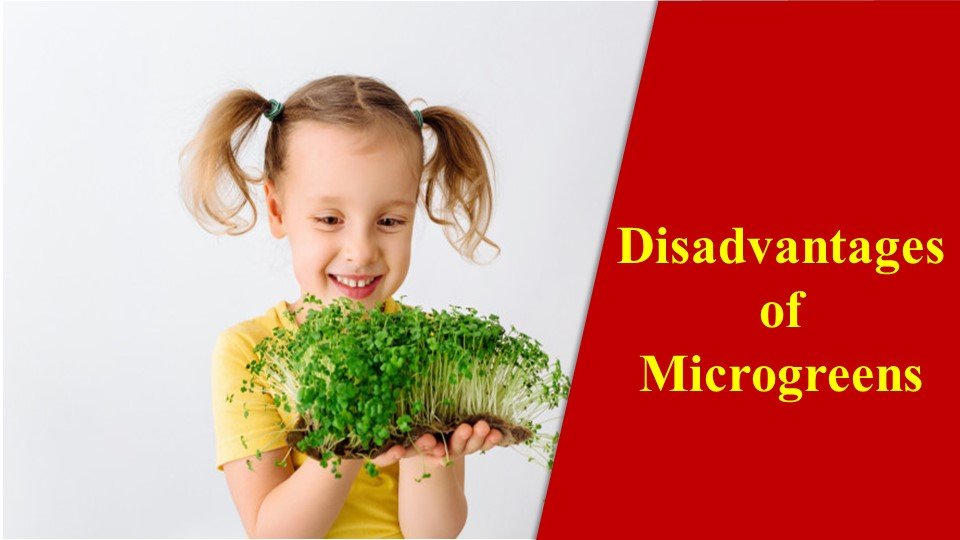Microgreens vs Sprouts – Are They Same? – Let’s uncover the Facts
In the current competitive and dynamic environment, sprouts and micro greens are gaining popularity and they are beginning to enter the market and become consumers’ favorite and all the sort of other products. The truth is that any food is a general category in which you will hardly find a difference in taste and variety among individual brands.
On the contrary, the two have introduced something like commonplace in diet, as well. In conclusion, you cannot do arithmetic about green leafy vegetables and discover that either cuisine or salads contain more energy because they are so small but they contain several minerals, antioxidants as well as vitamins that balance the body health.
Little are sprouts and microgreens perfect; thus, by sorting out the finer ones, we are headed to a new discussion of the present time. In the article under discussion, the microgreens vs sprouts in urban farms are the region’s major players that are taken into consideration.
In the first place, as the rightful dwellers of the story, we will discuss her characters, the uses of her dishes, and the nutritional science that withholds this. Moreover, we’ll tell the secret of their properties of refashioning the whole diet and bringing about the people’s good health.

What Are Sprouts
Sprouts stands for any of the small seedlings that gal the life after the seeds take birth. They eat the seed about or from the time when the seed had germinated only for a day or two from the 3rd day. The seeds in abundance from sprouting , grains, and lentils range from alfalfa, broccoli, and mung beans to many others.
These nuts, as you know, are defective for the crunchiness of their texture and the flavorless taste with which most people consume them as toppings on salads, wraps and sandwiches or just adding to stir fry. Of course, they can delight you with the goody crunchiness and yumminess, yet along with that, they have laid all above vitamins, minerals, enzymes, and antioxidants, which all these nutrients made them a very peculiar component of a diet plan. They are rich in minerals and vitamins, they’re desirable from the economical point of view, and of the general health improvement factors.
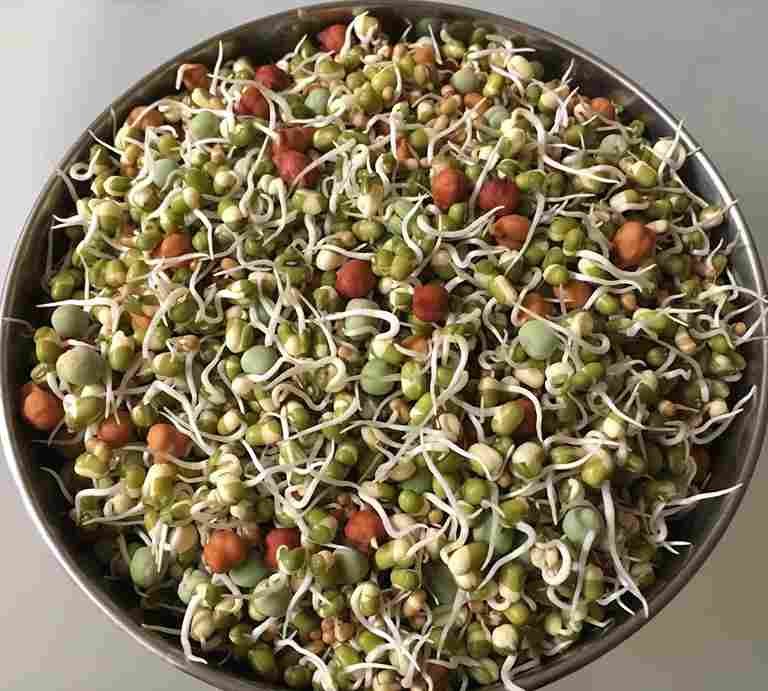
What Are Microgreens
In essence, microgreens are young baby leaves, often of already well-established crops, which are gathered upon the day of their first leaves’ appearance, not later than 14 days. The microgreens fall in between the sprouts and the baby greens with the size as they are smaller than baby greens but larger than sprouts and the micro green height range would be 1-3 inches.
Some of these small herbs, barley or grains are grown from their self-produced seeds, for instance, broccoli, radish, kale arugula, and basil, regardless of confinement. By all their appearances, these versatile greens just seem like an inconspicuous staple in the pantry yet they are the real star performers in the worlds of tastes, colors, and textures where each variety comes with unique shades of spiciness and pungency –amply complemented by sweetness when ready to serve.
Many kitchens make use of microgreens by using them as a garnish for salads and sandwiches to give the dish a bit of visual appeal and to hit appetizing spots with flavor. The nutritive value of microgreens enhances with their diminutiveness as they are charged with vitamins, minerals and antioxidants that have gained popularity among wellness users and recommendations for its nutritional content.
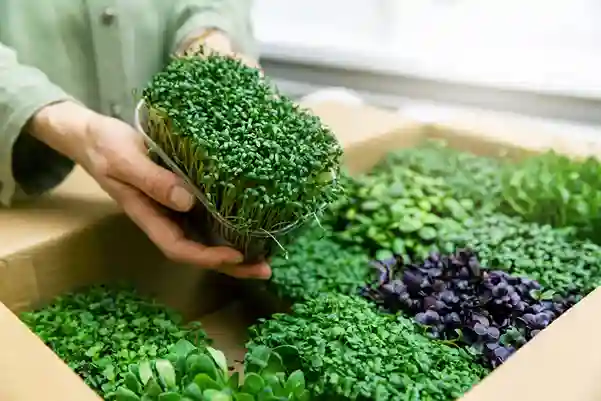
Microgreens vs Sprouts
| Feature | Sprouts | Microgreens |
| Growth stage | Germinated seeds with tiny radicle | Early leaf development stage |
| Growing time | 2 – 7 days | 7 – 21 days |
| Method of germination | Water | Soil or Water |
| Nutritional content | Rich in enzymes, vitamins, and minerals | Rich in antioxidants, vitamins and minerals |
| Culinary uses | Eaten raw or added in salads | Garnishes, Toppings, Salads and Sandwiches |
| Flavor | Mild | Intense |
| Size | 1-2 inches | Greater than 3 inches |
| Texture | Soft and crunchy | Tender and delicate |
| Contamination | Relatively less | Relatively more |
| Growth complexity | Less | High |
Similarities Between Sprouts And Microgreens
| Feature | Sprouts | Microgreens |
| Ease of growing | Simple | Little more complex than sprouts |
| Nutrient density | High in nutrition | Nutrient-dense |
| Freshness | Harvested just before consumption | Same as sprouts |
| Quick harvest | Less than 7 days | Less than 15 days |
| Year-round availability | Can be cultivated year-round | Can be cultivated year-round |
How To Grow Sprouts
Soak Seeds
Place 1-2 tablespoons of sprouting seeds in a jar or sprouting tray and cover with water. Let them soak for 8-12 hours or overnight.
Drain
After soaking, drain the water from the seeds using a fine mesh strainer or by tilting the jar/tray to allow excess water to drain out.
Rinse and Drain
Rinse the seeds with fresh water and drain again. Repeat this process 2-3 times a day to keep the seeds moist but not waterlogged.
Germination
Place the jar or tray in a well-ventilated area away from direct sunlight. Maintain a temperature of around 21C for optimal germination.
Harvest
Once the sprouts reach your desired length usually 1-3 inches, they are ready to harvest, typically within 2-7 days.
How To Grow Microgreens
Prepare Containers
Fill your shallow containers or trays with sterile potting mix or seedling soil, leaving about half an inch of space at the top.
Sow Seeds
Evenly spread a dense layer of microgreen seeds over the soil surface. Gently press the seeds into the soil to ensure good contact.
Cover Seeds
If desired, lightly cover the seeds with a thin layer of soil or vermiculite to help retain moisture. Alternatively, you can cover the containers with plastic wrap or a humidity dome to create a greenhouse-like environment.
Watering
Use a watering can or spray bottle to moisten the soil thoroughly. Ensure that the soil remains consistently moist but not waterlogged throughout the growing process.
Provide Light
Place the containers in a location with indirect sunlight or under grow lights. Microgreens require about 4-6 hours of light per day to grow but avoid direct sunlight as it can scorch the delicate seedlings.
Maintain Moisture
Check the soil moisture daily and water as needed to keep it from drying out. Be careful not to overwater, as this can lead to mold or rot.
Monitor Growth
Within a few days, you should start to see the seeds germinating and tiny seedlings emerging. There should not be any compromise in terms of providing light and moisture.
Harvest
Microgreens are typically ready to harvest when they have developed their first set of true leaves, usually within 7-21 days depending on the variety. Use scissors to snip the microgreens just above the soil level.
Ease Of Growing Microgreens vs Sprouts
Both microgreens vs sprouts are easy to grow and start with. These are relatively easy to grow at home, but they have slightly different requirements and processes. Here’s a comparison to help you decide which might be easier for you:
Microgreens
- Requires shallow containers or trays and sterile potting mix or seedling soil.
- Sowing seeds evenly over the soil surface.
- Providing indirect sunlight or grow lights for 4-6 hours per day.
- Keeping soil consistently moist but not waterlogged.
- Harvesting when the first true leaves appear, usually within 7-21 days.
Sprouts
- Requires a glass jar or sprouting tray and sprouting seeds.
- Soaking seeds for 8-12 hours and then draining.
- Rinsing and draining the seeds 2-3 times a day.
- Keeping the sprouts in a well-ventilated area away from direct sunlight.
- Harvesting when sprouts reach the desired length, usually within 2-7 days.
In terms of simplicity, sprouts might have a slight edge because they require less equipment and maintenance.
Which Seeds Can Be Used For Growing Microgreens And Sprouts
Microgreens
- Amaranthus
- Mustard
- Broccoli
- Radish
- Fenugreek
- Parsley
- Cilantro
- Beetroot
- Kale
- Argula
Sprouts
- Green gram
- Bengal gram
- Groundnut
- Lentil
- Cowpea
- Quinoa
- Barley
- Soyabean
- Clover
Which are More Nutritious Among Them
You should know that microgreens are many times more nutritious than sprouts due to their advanced stage of growth. Where microgreens develop their first true leaves, they do so at a level that infuses vitamins, minerals, and antioxidants which in turn are at a higher level compared to sprouts which are harvested at a time when they have just begun to sprout from the seed.
Indeed, research shows that microgreens contain many-fold higher concentrations of such essential vitamins as vitamin C, and so on, as well as minerals such as potassium, magnesium, and iron, in comparison to their full-grown versions. On top of that, microgreens are nutritionally dense sources of phytonutrients, toxins in plants that are good for health. Although sprouts are themselves nutritionally favorable, providing for example a source of enzymes and fiber, incorporating microgreens into the diet gives a divergent benefit.
Conclusion
So coming to an end, microgreens are just tiny shoots that would turn out into healthy leafy greens if left for growth as such without harvesting. Though harvested at an early growth stage, they are a powerful pack of nutrients when compared to the matured ones. There are many reasons which can be attributed to its nutrition density and this trend of microgreens has to be adopted by every individual as a daily routine.
Keeping the microgreens part aside, sprouts are no less than microgreens. The only difference is that sprouts do not have any true leaves, unlike microgreens. They are just seedlings with small extensions for the cotyledon. Sprouts have been consumed by us for ages and the recent awareness of health and well-being has taken people back to the age-old traditions in which sprouts are the one that stands out to be the ultimate best breakfast for all age groups.
Go from being a novice explorer to a master chef by discovering how to introduce more microgreens and sprouts to your dishes, taking advantage of their amazing flavor and health benefits at the same time. Well, if you are a beginner in gardening or have been doing it for a long time, I encourage you to dive into microgreens and sprouts ease of planting, and the pleasure of eating the fruits of your labor, fresh and homegrown. This is all about microgreens vs sprouts.
